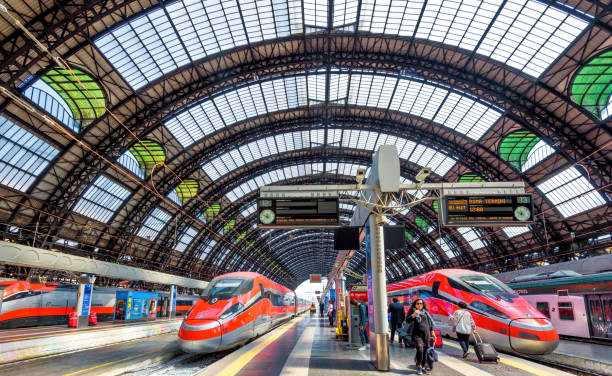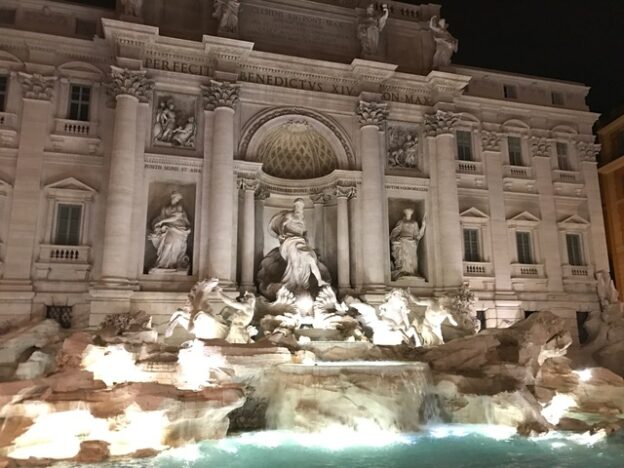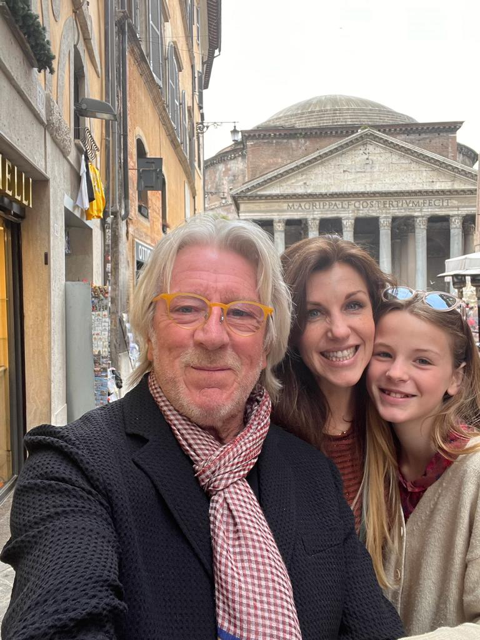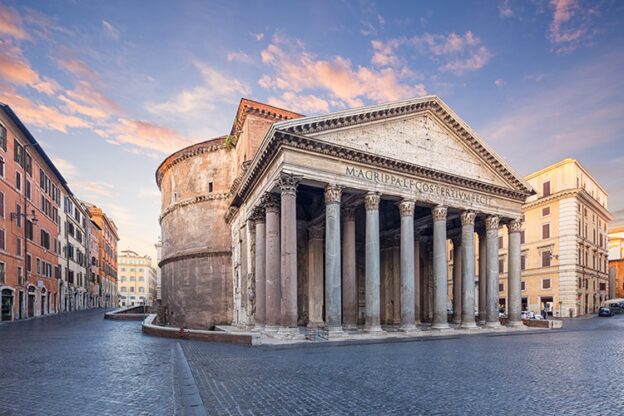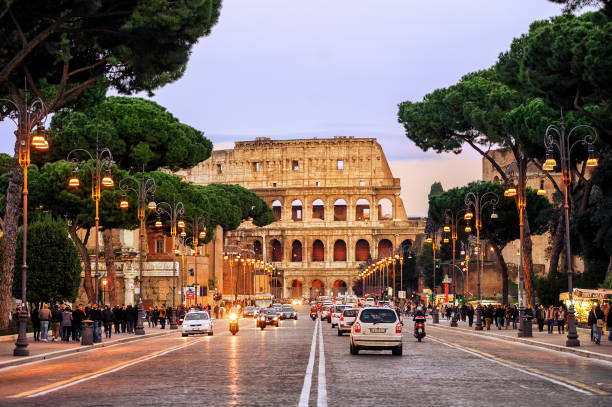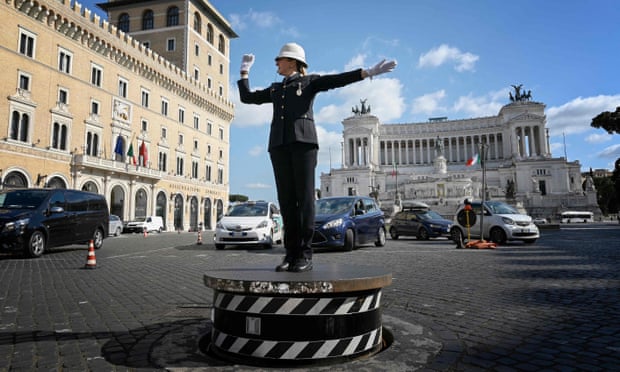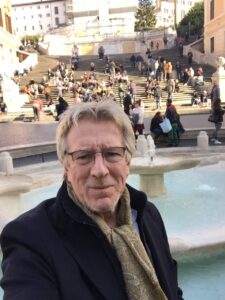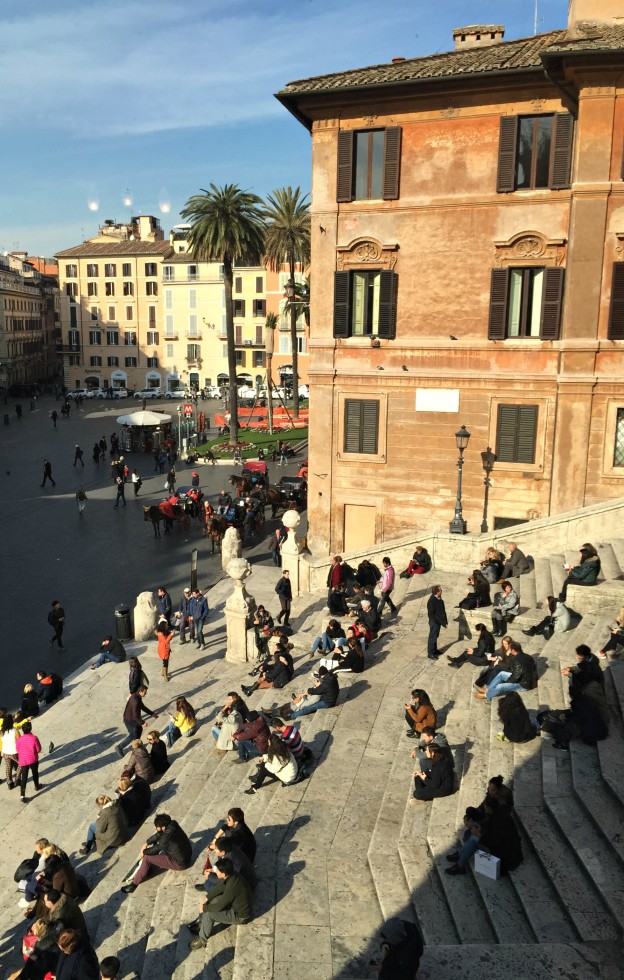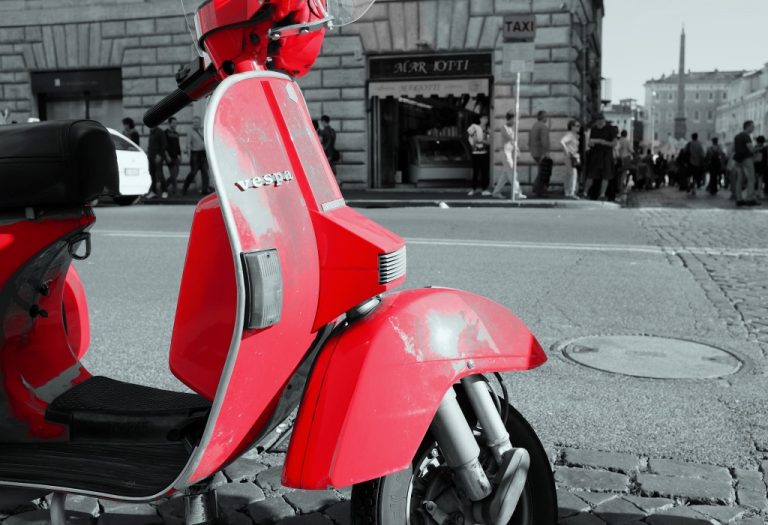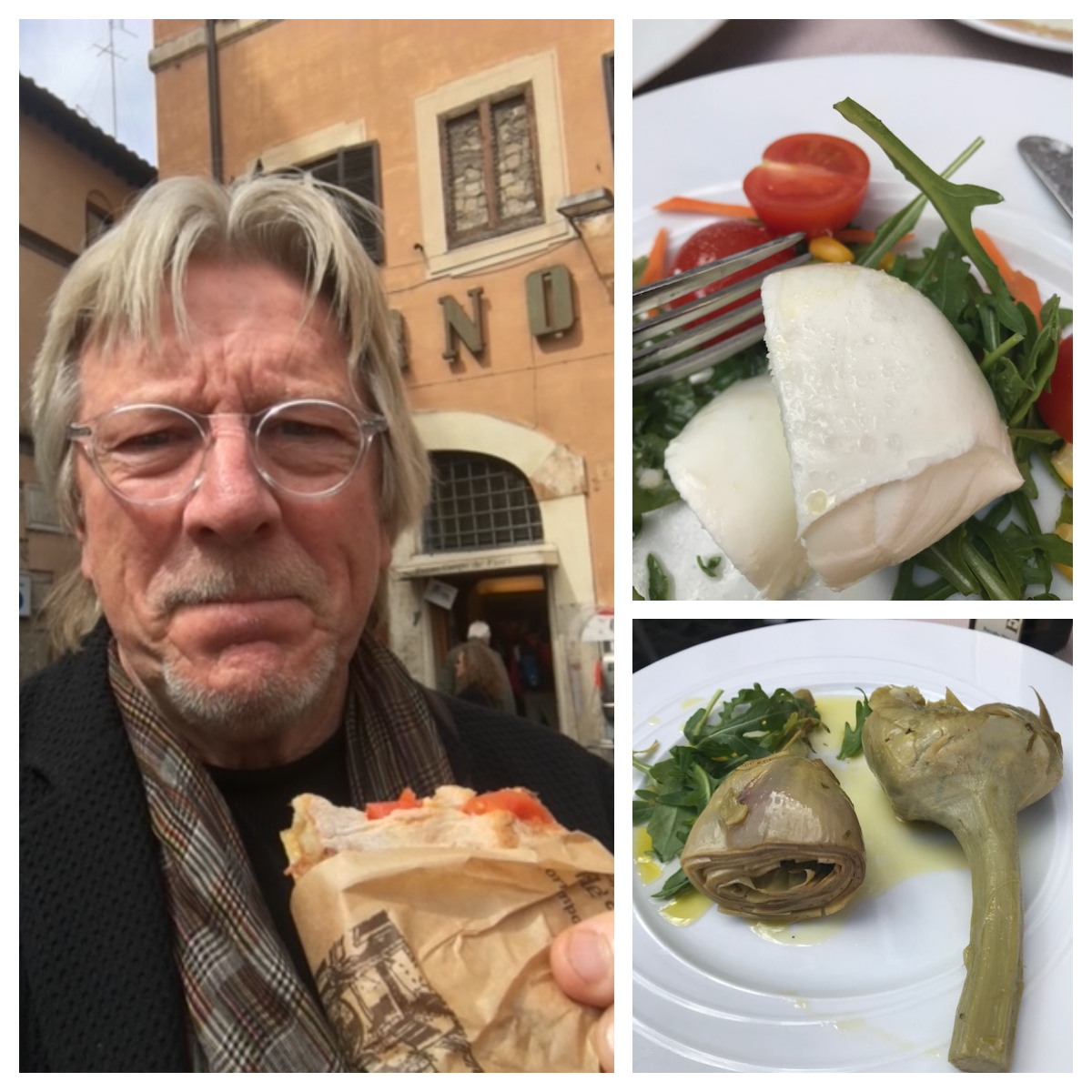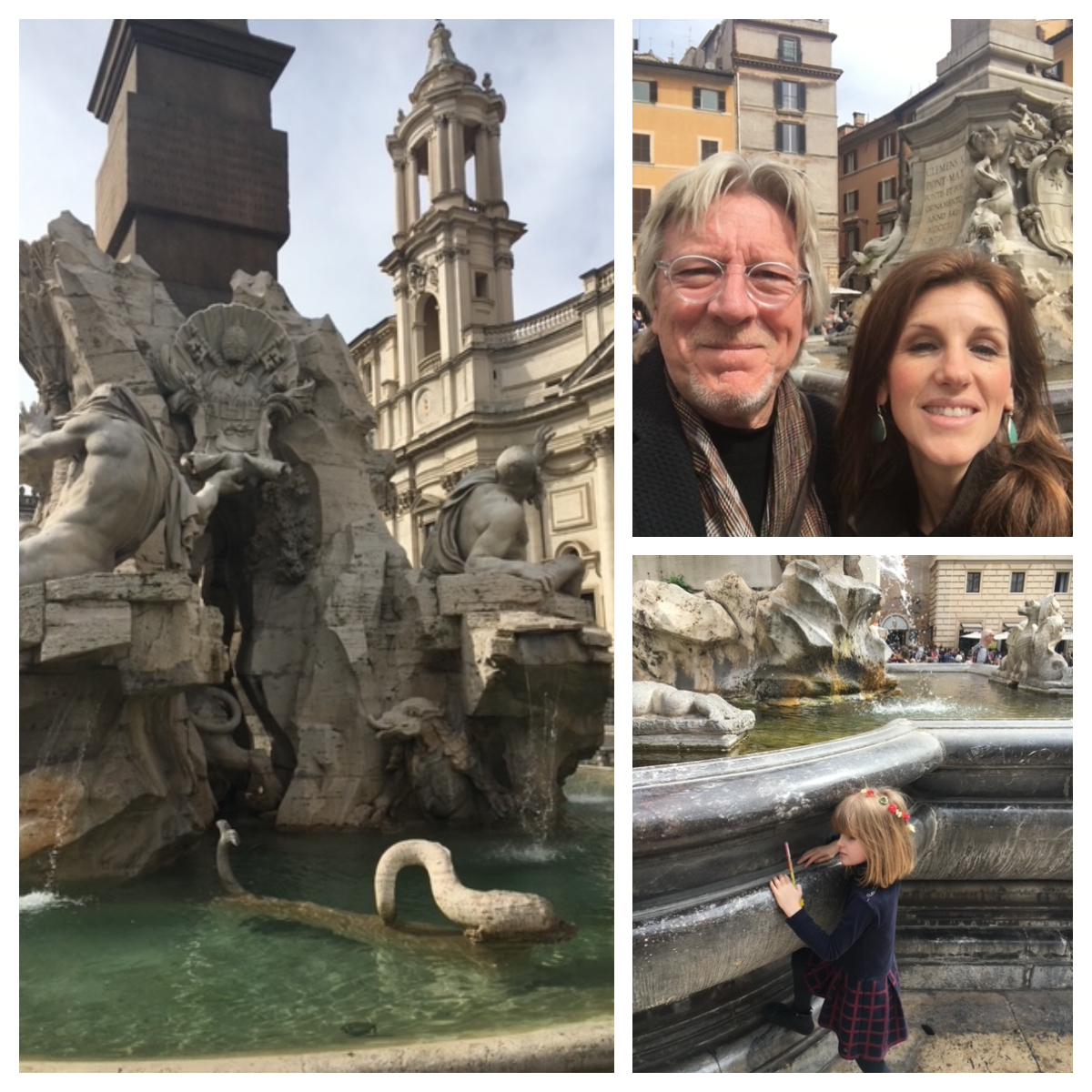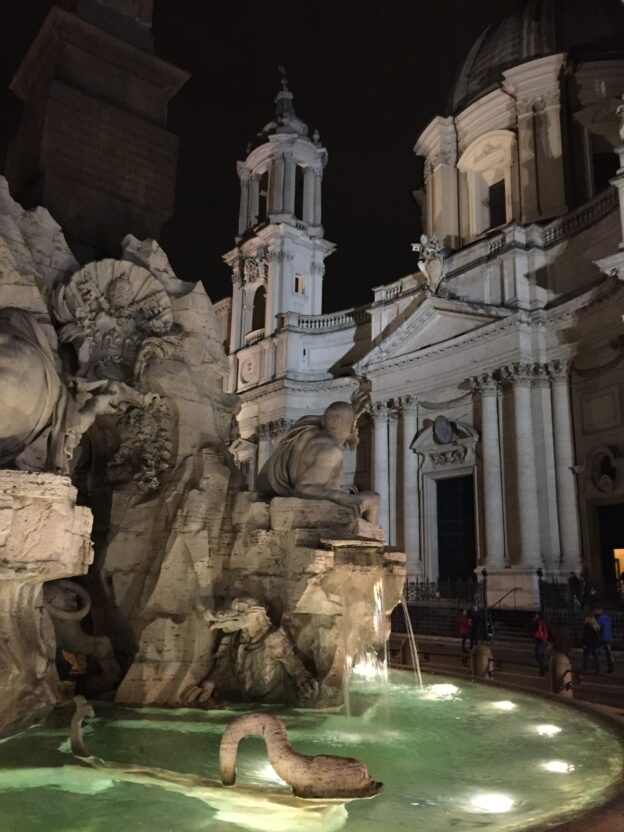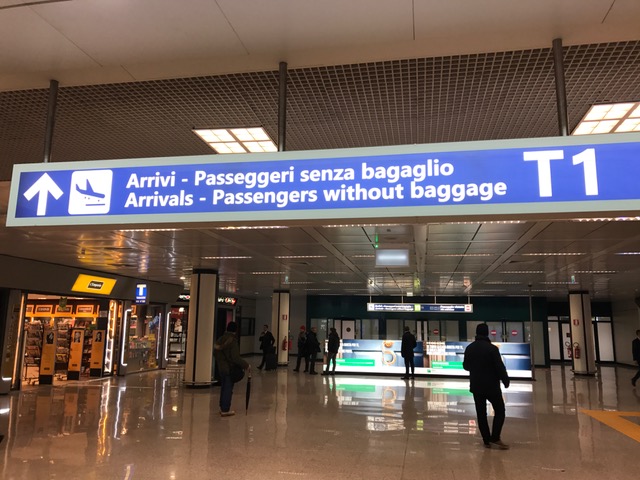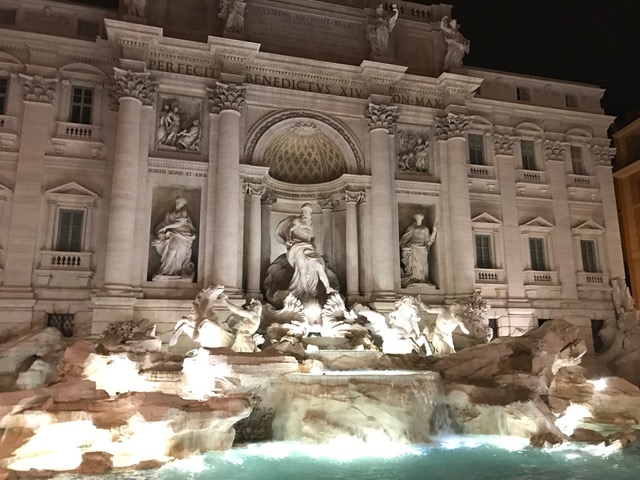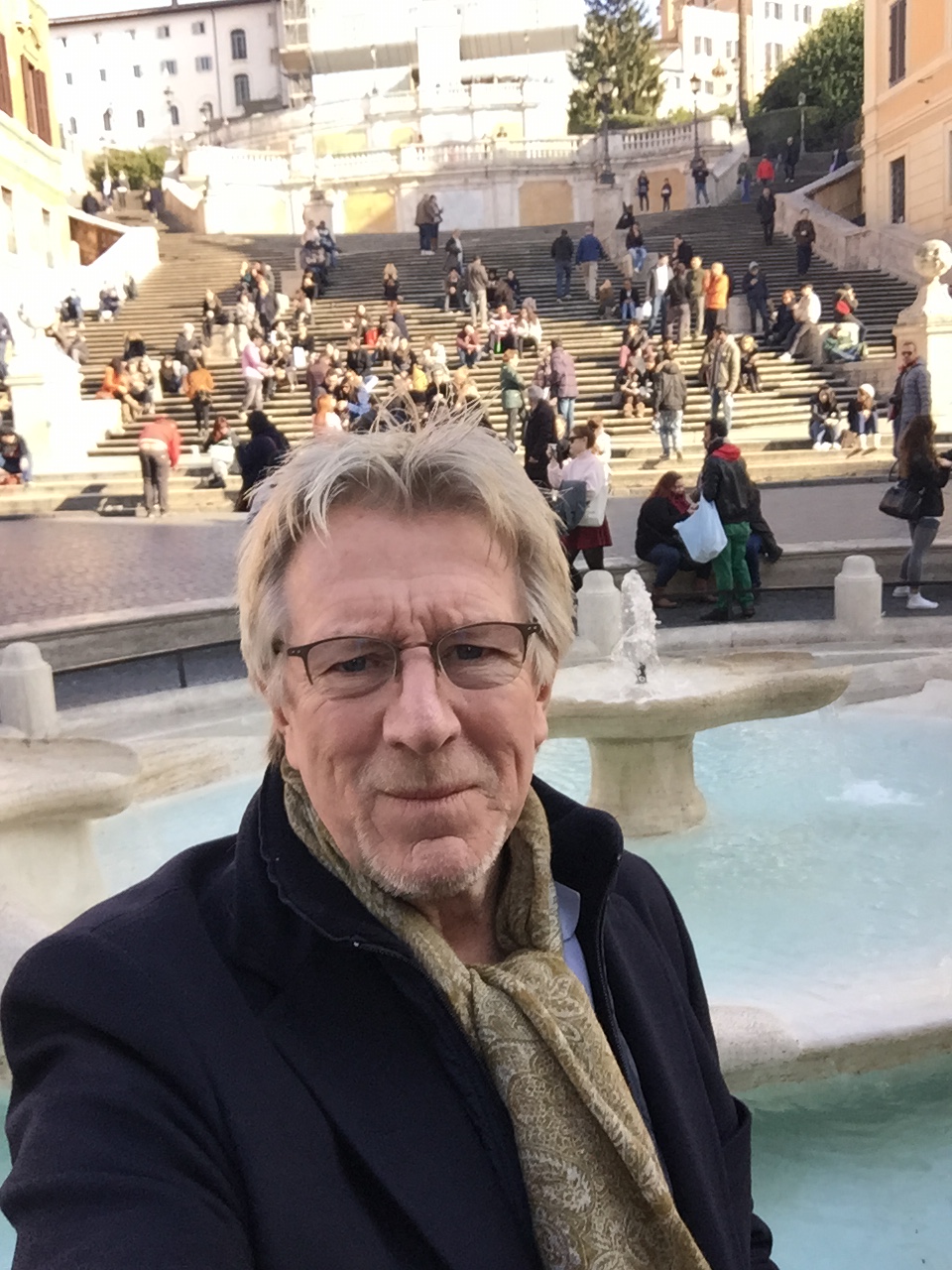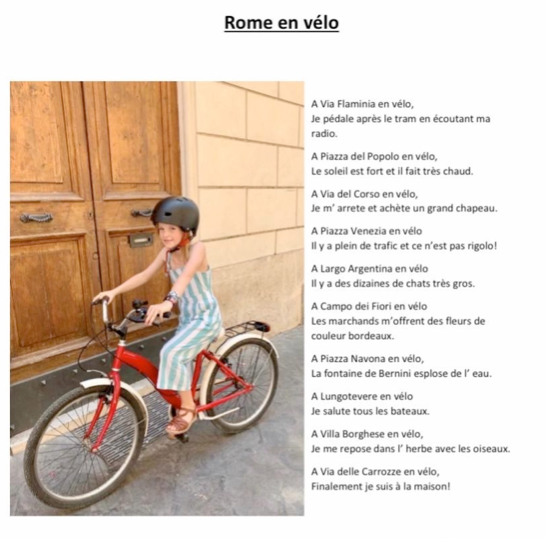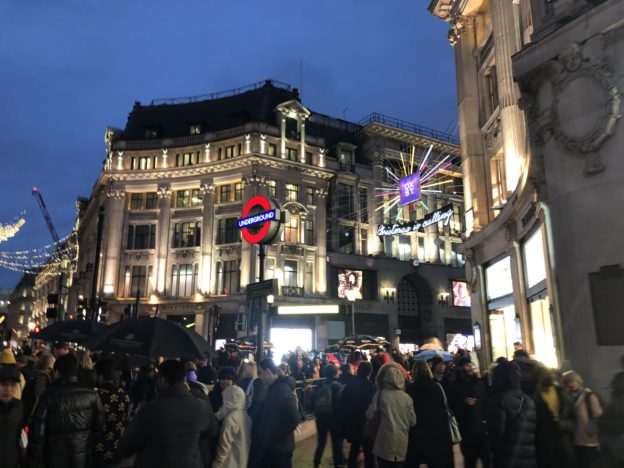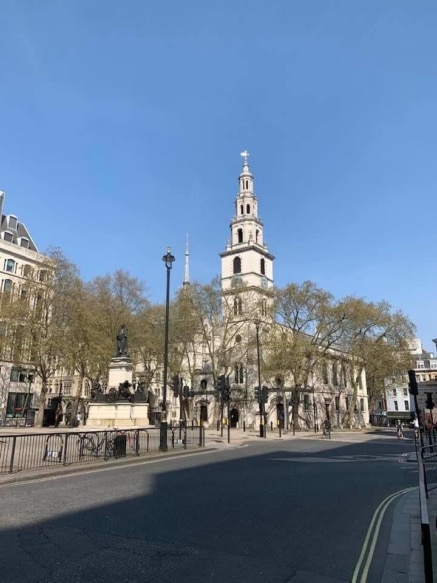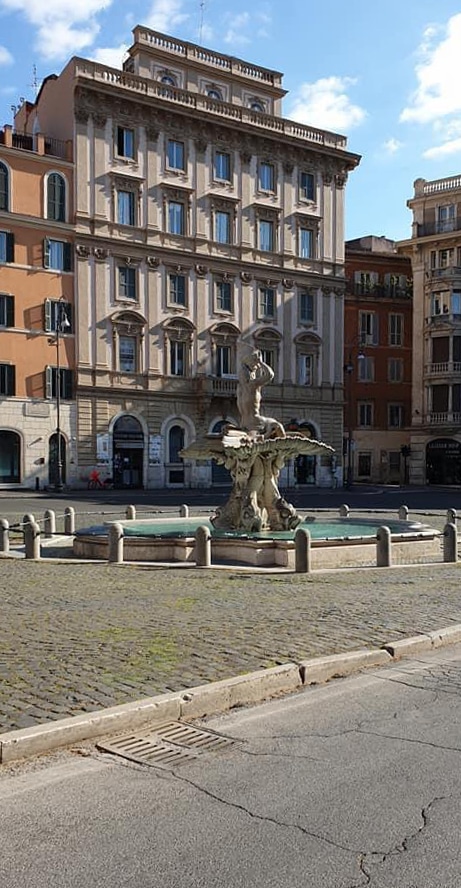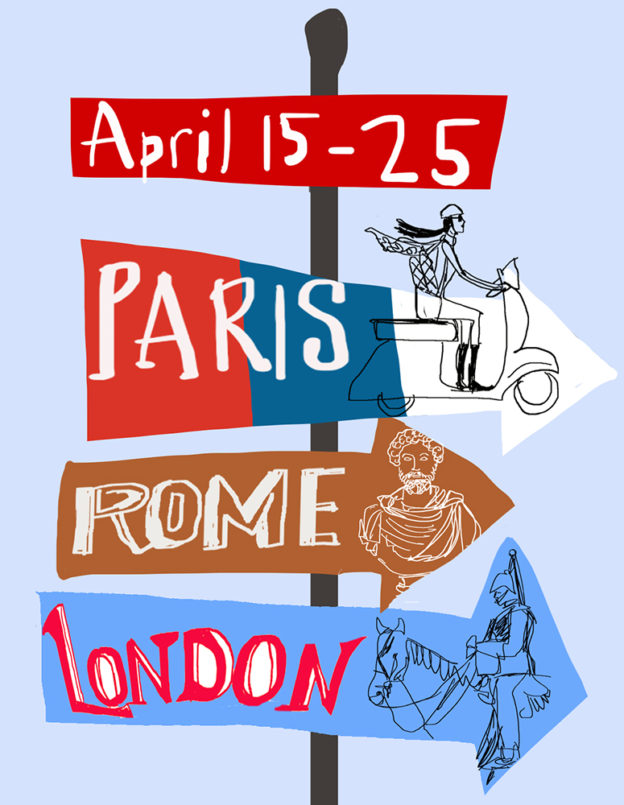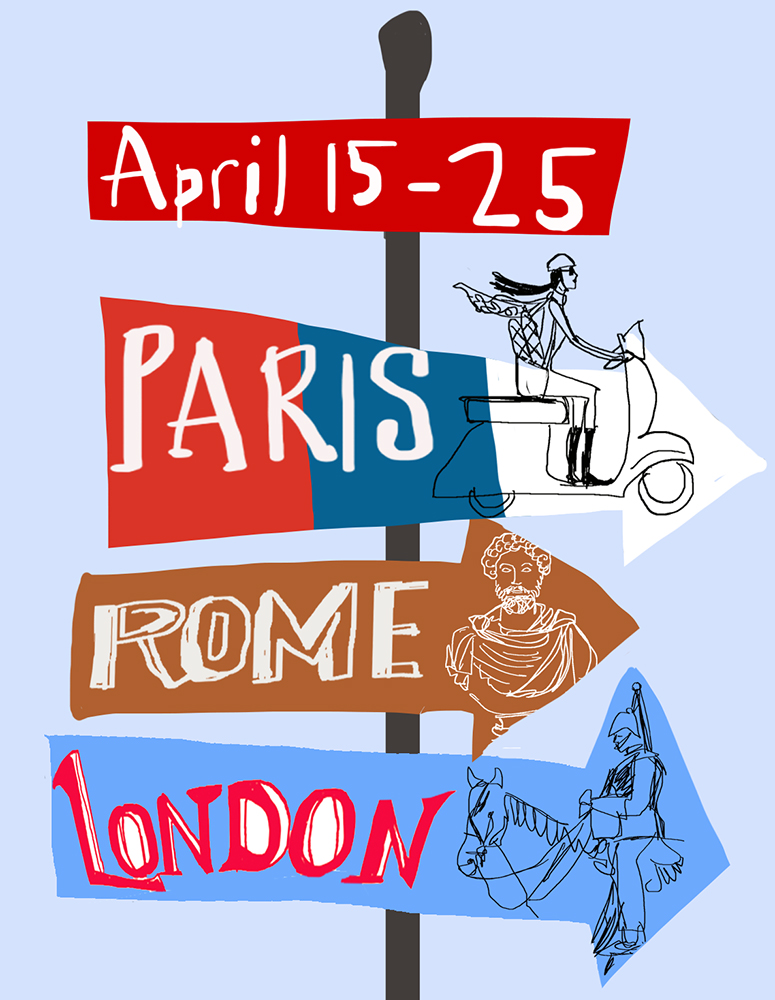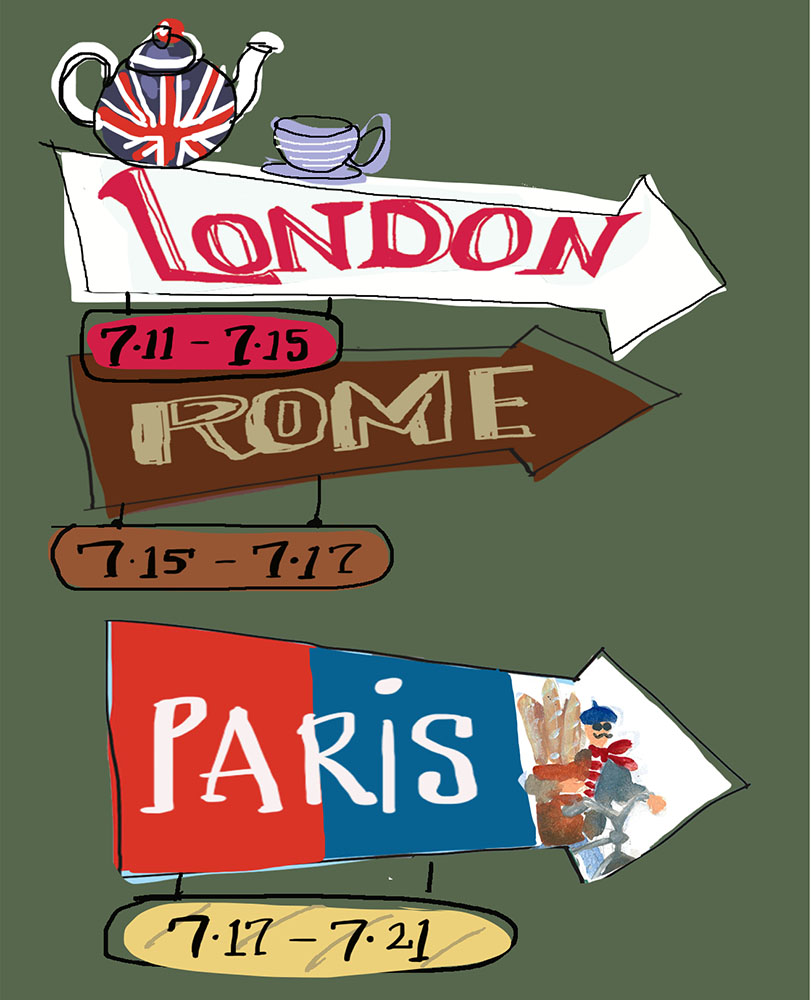I have a deep appreciation for trains. I like the freedom and the speed of a train. So, here I was in a hotel in Turin right next to the train station. 5 minutes away. I had spent one night in Turin. I knew Turin from a few years ago. I love the city. It’s understated. Not very Italian. More French. Elegant. Mountains in the background. Great food and fabulous wine. I had to get to Roma. I booked the and arrived 5 minutes before departure, sailed through the station and found my platform and the train. The funny thing about Italy is that while most things are quirky, dysfunctional, and very much “not on time.” The high-speed train network is the total opposite. Its reliable and such a brilliant way to get around, you wonder why the strategy couldn’t be replicated everywhere!! None the less, grateful for this piece of efficiency, I boarded the train and off we sped across to Milan and then down the heart of Italy to Rome. Journey time 4 hours. Stopping at Florence enroute. Watching the countryside change as the train traveled at 200 miles per hour. It’s the best and most efficient way to connect the cities. I was thinking how incredible it is as the train parallels the highway often. Cars in Italy travel crazy fast. The train envelops them all. As if they barely were out of second gear.
So, my takeaway from this is that it’s possible to travel high speed across Europe with minimal inconvenience, especially if you choose hotels strategically located near the station. Yes, France and Spain have phenomenal train high speed networks. Especially if you choose hotels near the station. In Italy, the network almost begs you to use trains. Turin. Milan. Venice. Bologna. Florence. Rome and Naples. Chunk it up. Travel light and stay near the stations. No cars, walking tours everywhere and amazing territory covered in no time at all. Better still. If you really want to choose a city to “hub”, then take Rome. And plan day trips on the train to Florence, Orvieto and Naples. Florence as a hub gives you Venice and Bologna and Rome. Welcome to the world of European trains.
See you out there somewhere!

